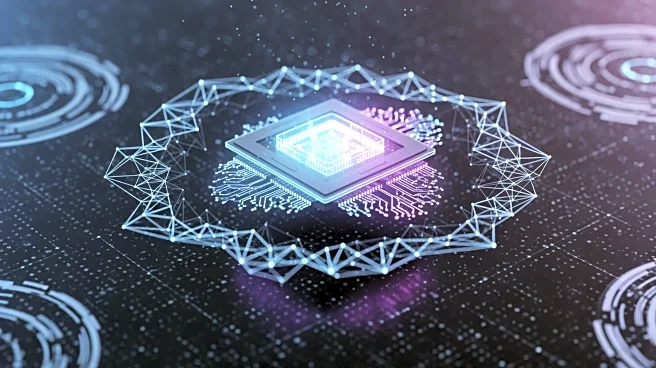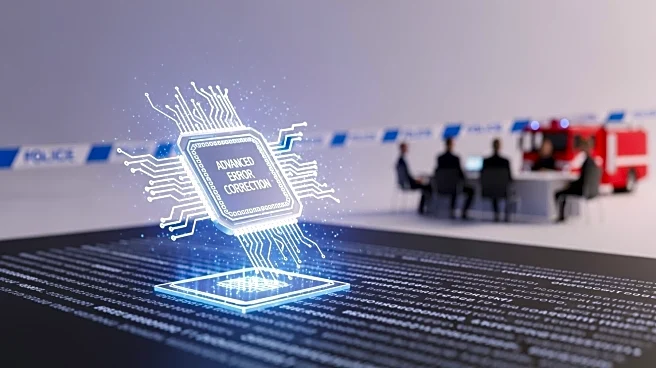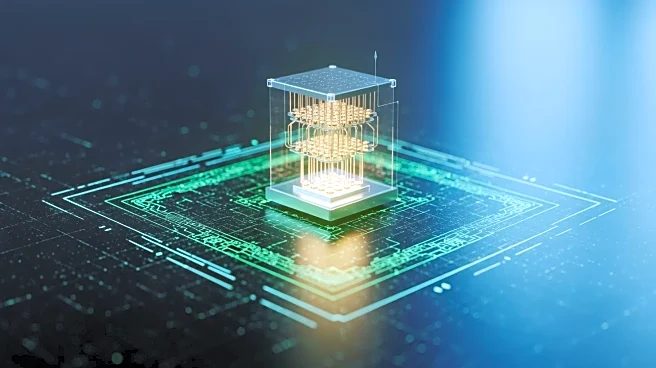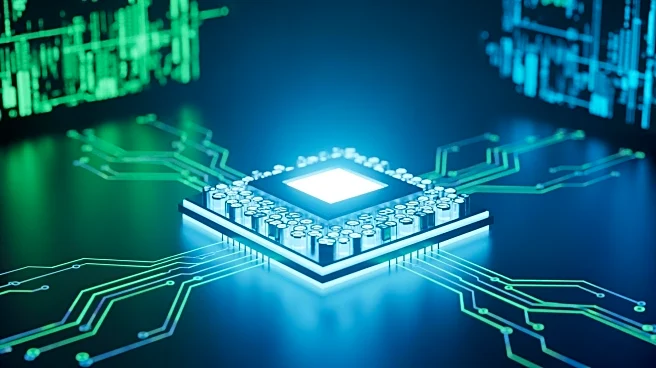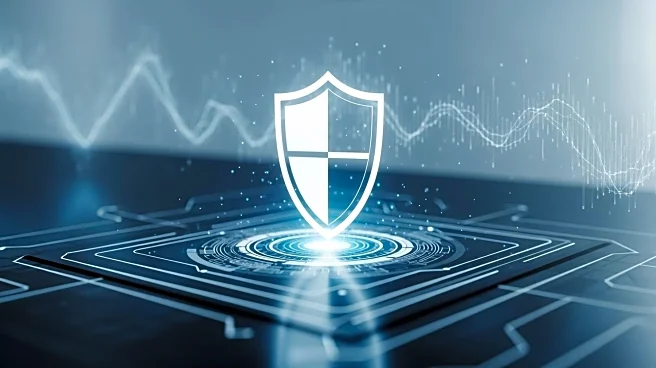What's Happening?
Researchers have demonstrated the use of dynamic surface codes in quantum error correction (QEC), which allows for more flexible and efficient quantum computing. Traditionally, QEC circuits have been implemented
using static codes on a square grid, requiring specific qubit connectivity and gate sets. The new approach involves dynamic circuits that can switch between different implementations, such as hexagonal grids and walking circuits, reducing the necessary qubit connectivity and allowing for different types of entangling interactions. This flexibility is achieved by using space-time detecting regions that can triangulate physical errors, ensuring all circuit locations are covered. The study highlights three distinct implementations: embedding the surface code onto a hexagonal grid, using walking circuits, and employing iSWAP gates instead of traditional CNOT/CZ gates. These methods were tested on Willow processors, optimized for standard surface code circuits, demonstrating improved error suppression from distance-3 to distance-5.
Why It's Important?
The advancement in dynamic surface codes represents a significant leap in quantum computing, potentially leading to more robust and scalable quantum processors. By reducing the hardware demands and allowing for different gate sets, this approach could lower the barriers to implementing effective QEC, making quantum computing more accessible and practical for various applications. Industries relying on high-precision computations, such as cryptography and complex simulations, stand to benefit from these improvements. The ability to dynamically adjust circuits could also lead to more efficient use of quantum resources, reducing costs and increasing the feasibility of large-scale quantum computing projects.
What's Next?
Future research may focus on optimizing hardware around these dynamic circuits, exploring further reductions in error rates and expanding the range of applicable quantum algorithms. The flexibility in circuit design could lead to new quantum computing architectures, potentially influencing the development of next-generation quantum processors. Stakeholders in the quantum computing industry, including hardware manufacturers and software developers, may need to adapt to these changes, investing in new technologies and training to leverage the benefits of dynamic surface codes.
Beyond the Headlines
The shift towards dynamic surface codes may also prompt discussions on the ethical implications of quantum computing, particularly in areas like data security and privacy. As quantum computing becomes more powerful, the potential for breaking traditional encryption methods increases, necessitating new standards and protocols to protect sensitive information. Additionally, the cultural impact of quantum computing advancements could influence educational priorities, encouraging more focus on quantum mechanics and computational sciences.
